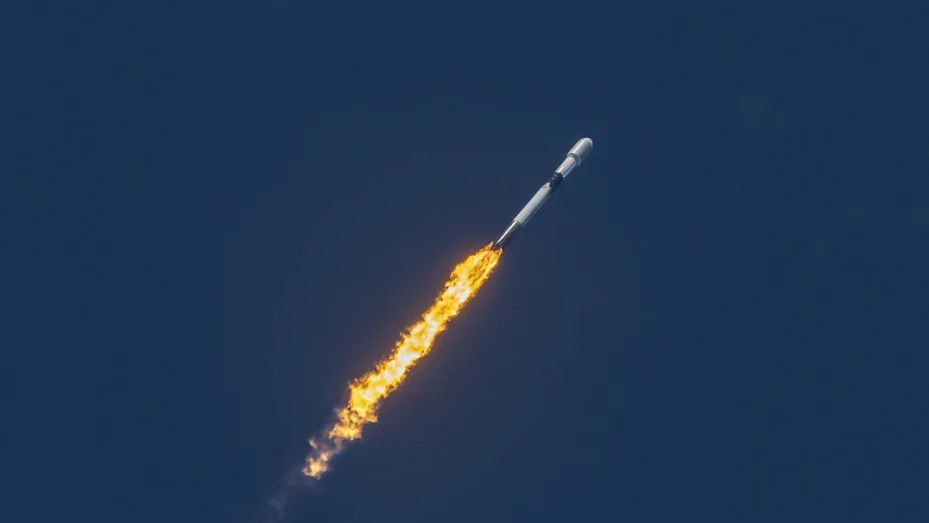
The space industry should reach $1 trillion in annual revenue by 2040, with launch costs dropping 95%, Citigroup analysts said in an extensive report published this month.
A further decline in the cost of accessing space would create more opportunities for technological expansion and innovation, unlocking more services from orbit such as satellite broadband and manufacturing, the bank added.
Citi’s estimates for the industry match forecasts published in recent years by Morgan Stanley, Bank of America and others. The global space economy’s value reached $424 billion in 2020, according to research from Space Foundation, having expanded 70% since 2010.
“Revenue from manufacturing, launch services and ground equipment will make up the majority of the revenue growth in the satellite sector,” Citi said. “However, the fastest growth rate is expected to come from new space applications and industries, with revenue forecast to rise from zero to $101 billion over the period.”
Private investment in space companies, especially from venture capital, has steadily broken annual records over the past decade. Last year, space infrastructure companies received $14.5 billion of private investment, according to Space Capital’s quarterly report, which tracks about 1,700 companies.
A flurry of space companies went public last year through SPAC deals, but most of the stocks are struggling despite the industry’s growth. The shifting market environment, with climbing interest rates hitting technology and growth stocks hard, have seen space stocks drop as well. Shares of about a dozen space companies are off 50% or more since their debut.
Despite Citi’s optimistic outlook, the firm emphasized that much remains speculative in the industry, “such as space-based solar power, moon/asteroid mining, space logistics/cargo, space tourism, intercity rocket travel, and microgravity R&D and construction.”
“A similar analogy would be attempting to forecast the value of the internet today versus nearly 20 years ago when the term ‘smartphone’ was relatively unknown and before broadband replaced dial-up internet connections,” the analysts said.
In Citi’s view, a $1 trillion space economy would happen through a decline in launch costs, which it says “have already fallen precipitously since the 1980s,” about 40 times lower.
The cost of a rocket launch is typically broken out on a dollar-per-kilogram basis. From 1970 to 2010, Citi noted, the average launch cost plateaued around $16,000 per kilogram for heavy payloads and $30,000 per kilogram for light payloads.
The bank credited the private sector for the sharp decline in costs. “Lower launch costs were pioneered by SpaceX with the launch of Falcon 9 in 2010,” Citi said. The rocket dropped the average cost per kilogram down to around $2,500, 30 times lower than NASA’s Space Shuttle’s costs and 11 times lower than the previous historical average.
“Fundamentally, with the new generation of space being driven by the commercial sector, the launch industry is seeing a secular shift from being largely cost-plus pricing-based to being value-based in order to open up new markets and maximize profitability,” Citi said. “Previously, the launch market had a limited number of government-supported companies that were concerned more with military capability and creating revenue and jobs than with increasing operational efficiency.”
The increasingly common practice of reusing rocket boosters is driving that cost down. Citi estimates launch costs could fall to about $30 per kilogram by 2040 in a best-case scenario. If rockets are “still only being reused around 10 times” each by 2040, which SpaceX is already doing, the cost still comes down significantly to about $300 per kilogram, the firm said.
[“source=cnbc”]











